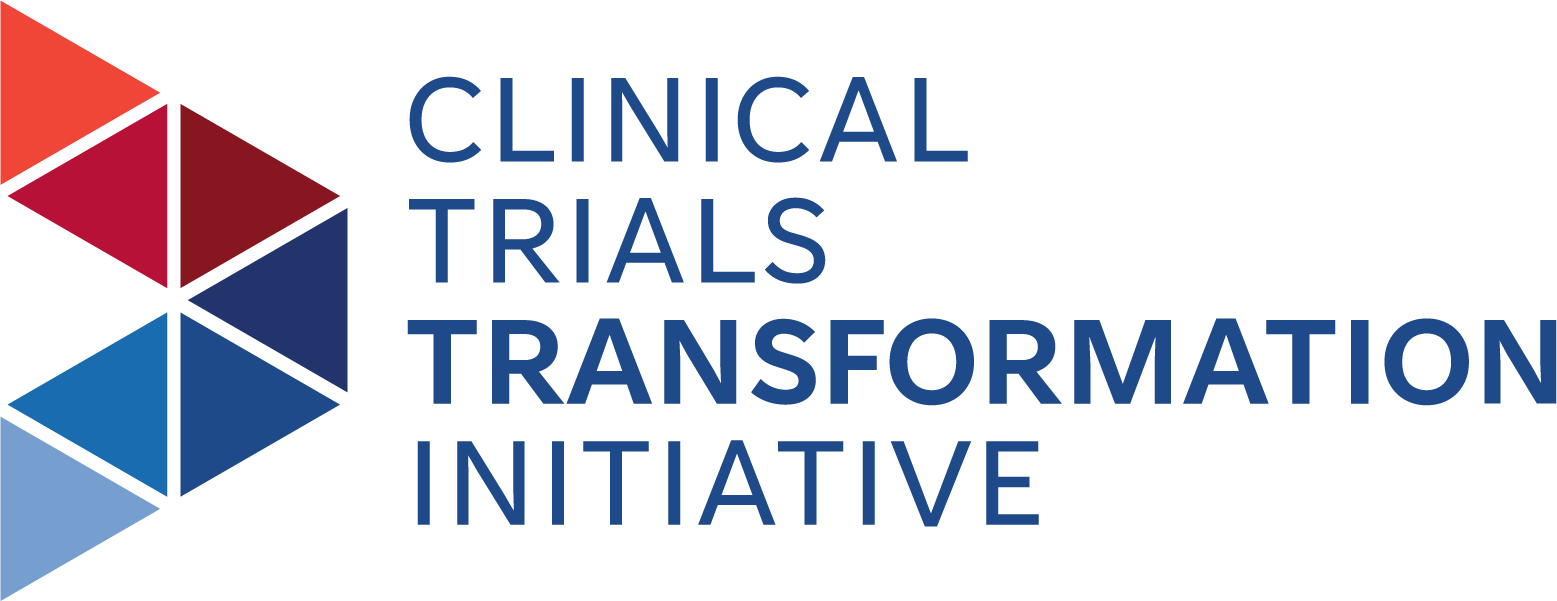HPS Network Proactively Positions Its Members for Research Inclusion
HPS Network Applies CTTI's Patient Group Engagement Recommendations
SUMMARY
Rather than waiting for pharmaceutical companies to include its members in research, the Hermansky-Pudlak Syndrome (HPS) Network is using CTTI's Patient Group Engagement (PGE) Recommendations to proactively make the case for patient inclusion. That way, when a trial for the rare disease comes along, the Network will be ready to lend its expertise.
GOAL(S)
HPS is a single-gene disorder involving albinism, legal blindness, and a platelet defect that causes bleeding. The condition can also progress to inflammatory bowel disease and kidney disease in some individuals, and in HPS genotype 1, 2, and 4, pulmonary fibrosis and death can often occur in the 30s and 40s. There is no treatment and quality of life can be
severely compromised by chronic illness and vision impairment. The HPS Network, founded by a mother with a child living with HPS, fights on a daily basis for a cure. Understanding that the patient experience can improve and accelerate research outcomes, the Network wanted to ensure that when a promising compound for HPS entered clinical development, the voices of its members were included in the process.
CHALLENGES
HPS is a rare disease with no current promising treatments or ongoing trials. With that in mind, the Network needed to find creative ways to integrate itself into the pharmaceutical development industry proactively, before a treatment for HPS is even in the pipeline. To do so, it needed to capture the attention of industry leaders and illustrate that patient inclusion in such a trial would not only improve the quality of the research, but positively impact the sponsor's bottom line.
SOLUTION(S)
The HPS Network calls CTTI's PGE Recommendations its "Betty Crocker cookbook" for how to integrate patient engagement into its efforts. For the Network, the PGE recommendations offer guidance to navigate the operation of a successful patient group, a role that does not come with training.
TAKING ACTION
The HPS Network leans on the PGE recommendations in a variety of ways. One of those ways is as a vehicle to inspire the Network's goal setting. For example, the HPS Network initially focused on a recommendation related to involving clinical partners in workshops. Soon after, the Network aimed to hit another recommendation: hosting an externally-led Patient Focused Drug Development (PFDD) meeting with regulatory agencies to better understand the FDA and foster alignment with patient needs and expectations. The Network also noted that the prestige and academic rigor reflected in CTTI's PGE recommendations is helping to validate its cause. They no longer have to urge industry to bring on the patient voice into research efforts simply because it is the right thing to do. With CTTI's recommendations in hand, the Network has concrete valuation of what patient groups bring to the research process-- not just to trial quality, but also to a sponsor's bottom line. "CTTI's recommendations are the backbone I need to feel confident in telling sponsors that I deserve a seat at their table," the Network's Founder says.
IMPACT
The HPS Network has received two successful grants referencing CTTI’s work. Through outreach, networking, and conference presentations, and more, the Network has grown to 1,300 members, with new members joining weekly. For a rare disease like HPS, that is remarkable.
ADVICE
For other patient groups considering building out their collaboration with industry leaders, the HPS Network suggests reading CTTI's PGE recommendations, absorbing them, and then revisiting them periodically with their board. "The document grows with your organization," the Network's founder said. "A recommendation you skimmed past a year ago because you weren't ready might be the thing to take on now that you've grown. As time passes, the recommendations speak to you in different ways, so keep revisiting."
ORGANIZATION
HPS Network
ORGANIZATION TYPE
Patient
IMPLEMENTATION DATE
2019
TOPIC
Patient Engagement
